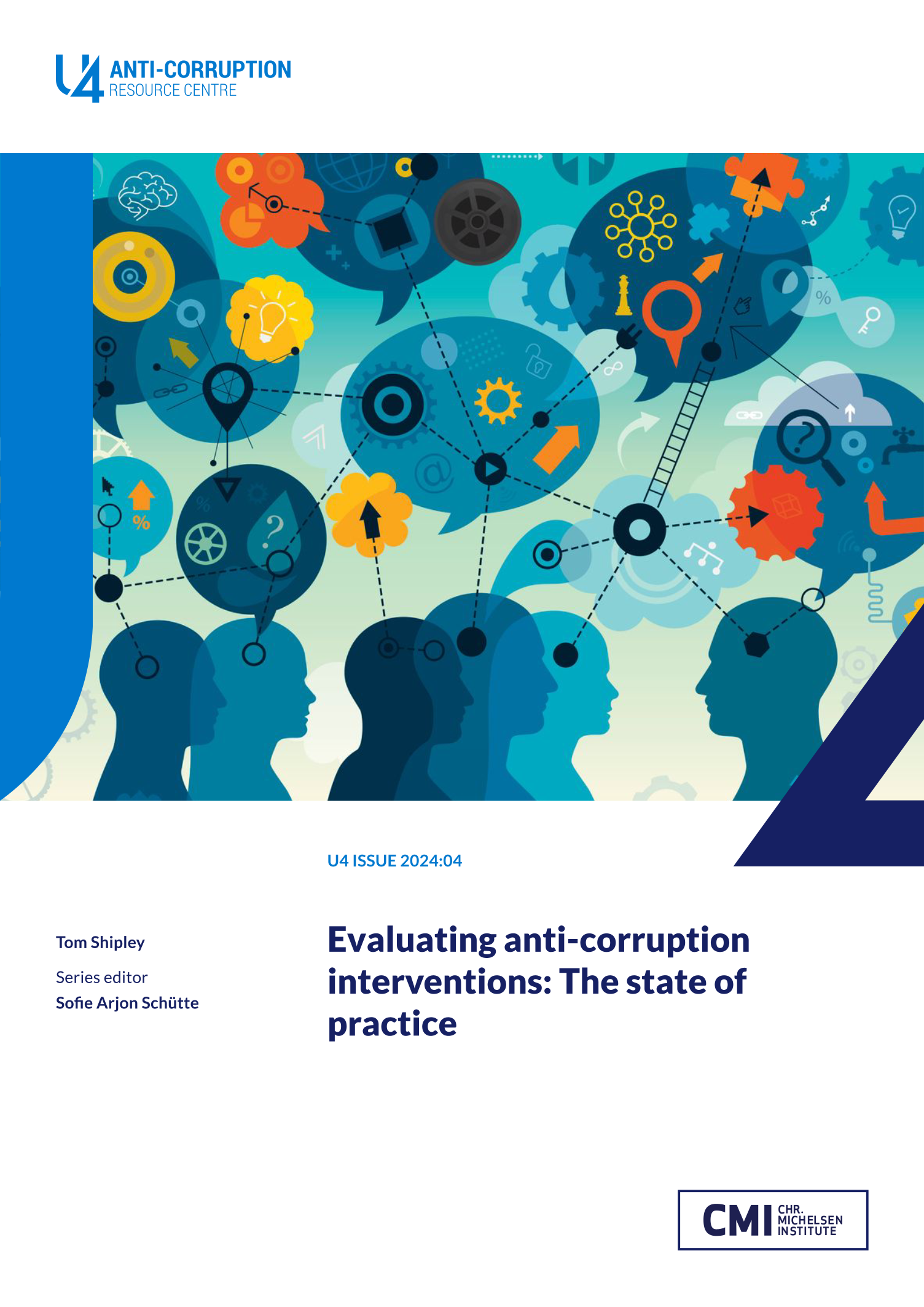Main points
- Many anti-corruption programmes are set up in a way which makes evaluating them harder than it might otherwise be. A large majority lack a Theory of Change (ToC), baseline studies, and monitoring information.
- Evaluations tend to focus more on internal programme processes as opposed to analysing the external effects of interventions. Despite usually having the aim of understanding both effectiveness and impact, most evaluations are not designed in a way which would allow them to do so reliably.
- ToC does not appear to be well understood in the field as a basis for planning and evaluating anti-corruption interventions. Many of the ToCs that are available lack critical elements, such as grounding in contextual analysis and inclusion of assumptions and risks.
- Evaluations are usually conducted at the end of the lifespan of a single programme. The median time frame for completing the evaluation is three months. This reduces the likelihood of evaluations supporting direct learning around interventions.
- While evaluations increasingly acknowledge gender and intersectionality, it is rare for them to explore how these factors influence outcomes from interventions.
- Opportunities to use different approaches to measuring corruption and related phenomena are often missed in practice. The quantitative indicators selected are often not appropriate for tracking change at the level at which most interventions operate.
- Development agencies and CSOs should critically review how they design anti-corruption programmes, why they undertake evaluations and for whom, and how practice can be improved. Such improvements include changes needed to organisational structures and processes, and implementing ways of designing evaluations which are appropriate to understanding the complexity of anti-corruption interventions.



